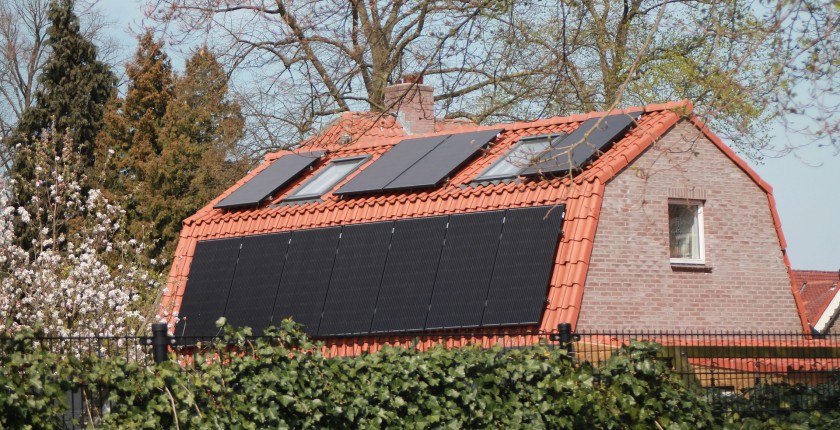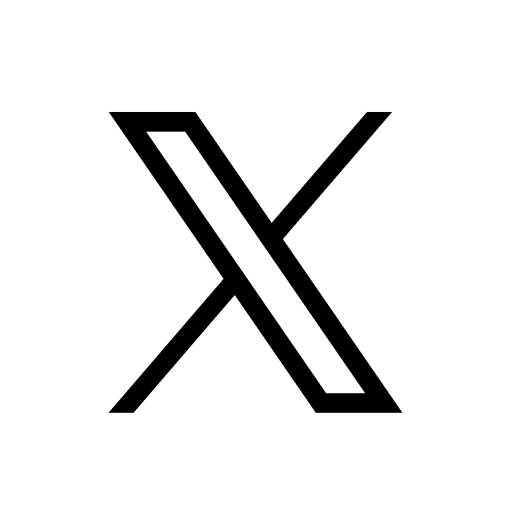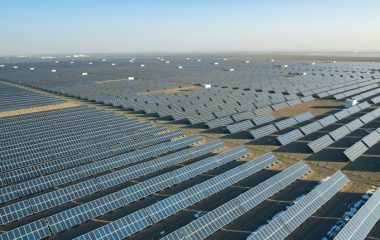
Photo: Mark de Lange from Pixabay
Next year, Montenegro will increase the production of electricity from solar power plants to 41 GWh from 3.8 GWh. The total installed capacity of photovoltaic facilities is expected to grow to 50 MW from 3 MW.
The increase in production from solar power plants is driven by the activities of state-owned energy company Eletroprivreda Crne Gore (EPCG), which launched the Solari 3,000+ project for households and Solari 500+ for companies. It also plans the installation of two solar power plants on dams of hydropower plants. EPCG announced a month ago that it is preparing to install another 15,000 rooftop solar power plants.
According to the Energy Balance of Montenegro for 2023, which was adopted by the Montenegrin government, the production of electricity will drop 12.63% this year, but consumption is also lower, resulting in an estimated surplus of around 97 GWh, compared to 169 GWh from 2021.
Montenegro expects a surplus in electricity production of 486 GWh in 2023
The main reason for the decline in production is the drought. It slashed hydropower output by about 25% from the planned level. Wind power plants are expected to slightly surpass the plan, while the coal-fired power plant, Pljevlja, and solar power plants would each produce 8% to 9% more than planned.
The expected surplus for 2023 is 486 GWh, the document reads.
EPCG plans to install solar power plants at the Slano Vrtac dams next year
In 2023, EPCG plans to put into operation the PV facilities at the Slano and Vrtac dams, with a combined capacity of 3.7 MW, and to continue the implementation of the Solari 3,000+/500+, and Solari 5,000+ projects, which are together seen adding 11 MW to 44 MW in capacity.
The projects will significantly increase the installed photovoltaic capacity, to as much as 50 MW at the end of next year, according to the document.
Renewables to make up more than 60% of Montenegro’s electricity mix
However, the share of solar energy in the energy mix will still be very small.
The plan for 2023 is to produce more than half of total electricity (51%) in hydropower plants, 38% in TPP Pljevlja, 9% in wind power plants and 1.14% in solar power plants.
Montenegro estimates that next year 2,211 GWh or 61.45% of electricity would be produced from renewables – hydropower plants, wind power plants, and solar power plants, and 1,387 GWh or 38.55% in TPP Pljevlja, according to the energy balance.









Be the first one to comment on this article.